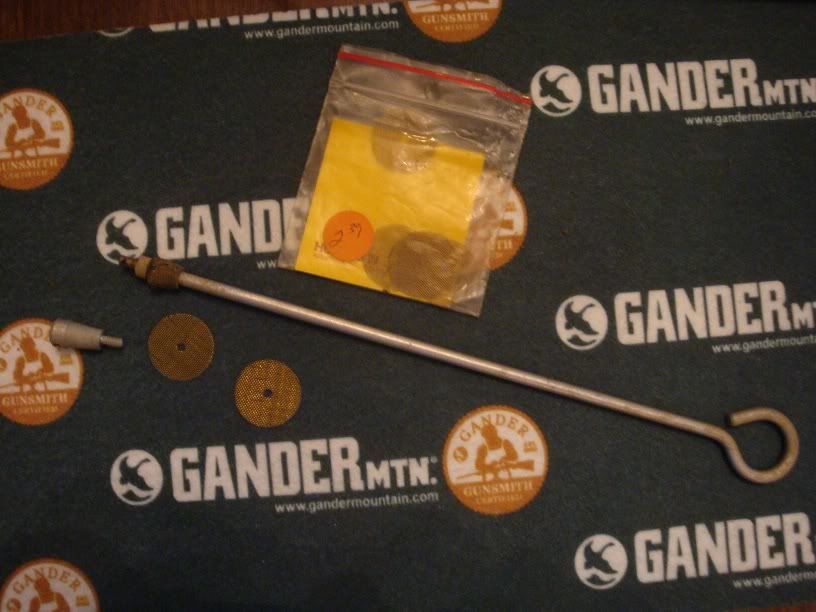Often a misunderstood problem...
It seems that many who shoot cast bullets, but do not cast their own, frequently hear a lot of "rules of thumb" that are not necessarily accurate, and then repeat them (sometimes accurately, sometimes not) to other shooters.
Velocity, and hardness are seldom the cause of lead deposits. If you doubt this, take a look at how many people shoot lead bullets from rifles at velocities that exceed 2,000fps. Leading is more often a problem caused by many other factors. Improper bullet size, constrictions in the bore and a rough bore are probably the most common culprits. . The bullet MUST be sized properly for the gun they are to be used in, and the bore must be SMOOTH and without constrictions!
The first step to successful use of cast bullets is to slug your bore. This will tell us two things; bore diameter and if there are any constrictions in the bore. While slugging the bore, feel for any tight spots. These are probably most common with revolvers, where the barrel threads into the frame. Any constrictions will swage the bullet as it passes, reducing it's diameter. Then the gasses driving the bullet are allowed to pass around the side of the bullet causing gas cutting. This gas cutting then leaves lead deposits in the bore.
After slugging the bore and making note of any constrictions, use a micrometer to measure the diameter of the slug you just drove down the bore of your gun. Measure raised bosses that result from the lead being pressed into the grooves of the rifling, being careful to measure across the center of the bullet. Note: dial calipers are not accurate enough for this measurement; USE A MICROMETER! Now you know your bore diameter, and thus the size bullet required for your gun. Select a bullet that is .001" larger than bore diameter.
If you felt any constrictions in your bore, you will have best results if you take the time to firelap your bore. I will not go into detail here, as there are many sources of information on this process that are easily found. This process will polish out any tool marks and imperfections left behind from the manufacturing process. If done correctly, when you are finished, the inside of your bore will literally be mirror bright and nearly impervious to lead deposits.
If you shoot a revolver, there is one other dimension you need to check. Throat diameter. Chamber throats should be .0005" larger than bore diameter.
If the chamber throats in your cylinder are slightly oversize, you may have to go to a larger size bullet. If they are grossly oversize, about the only real cure is a new cylinder cut to proper dimensions.
If your throats are under size, the solution is much easier. They can be reamed or polished out to the proper diameter. Any competent gunsmith, and most average guys with a knowledge of hand tools, can easily do this. Once again, there are lots of sources for information on how to do this yourself, so I won't get into it here.
If you have read this far, now we can talk about bullet hardness, pressure and velocity and velocity. This is a subject that could, and does, easily fill multiple books. Suffice it to say that for non magnum loads, truly hard cast bullets are not needed. I cast bullets for almost all of my handguns, including true powerhouses like .454 Casull and .475 Linebaugh. I have driven cast bullets weighing 335 and 420 grains to velocities in excess of 1400fps with NO NOTICEABLE LEADING!
In short, don't buy into the rules of thumb, myths, wives tales and rumors that you hear around the gun shops and the ranges. Do some research, and find out how to enjoy shooting in a different way. Cast bullets make shooting cheaper and often enhance the shooters knowledge base. You may even find that you get involved in the hobby of casting too!

JW


